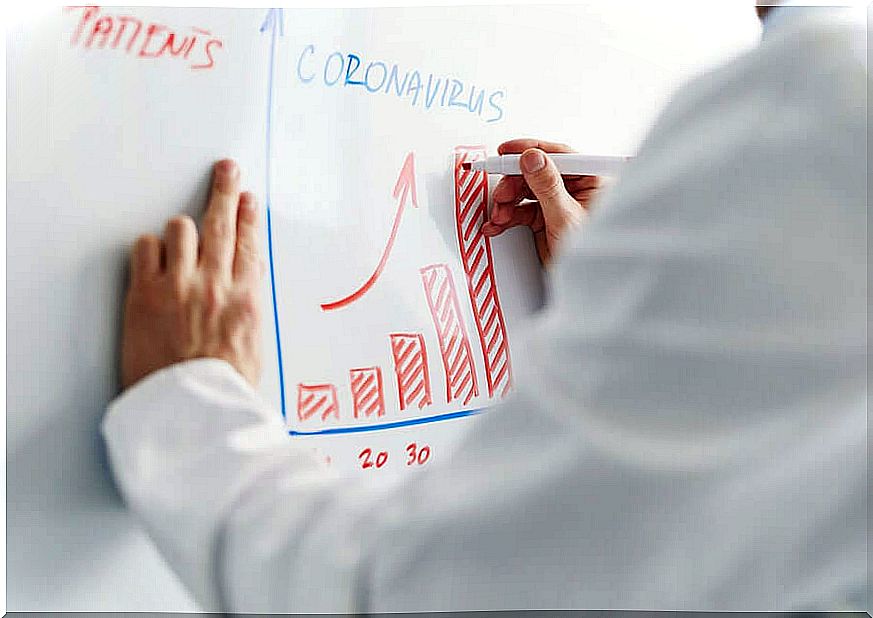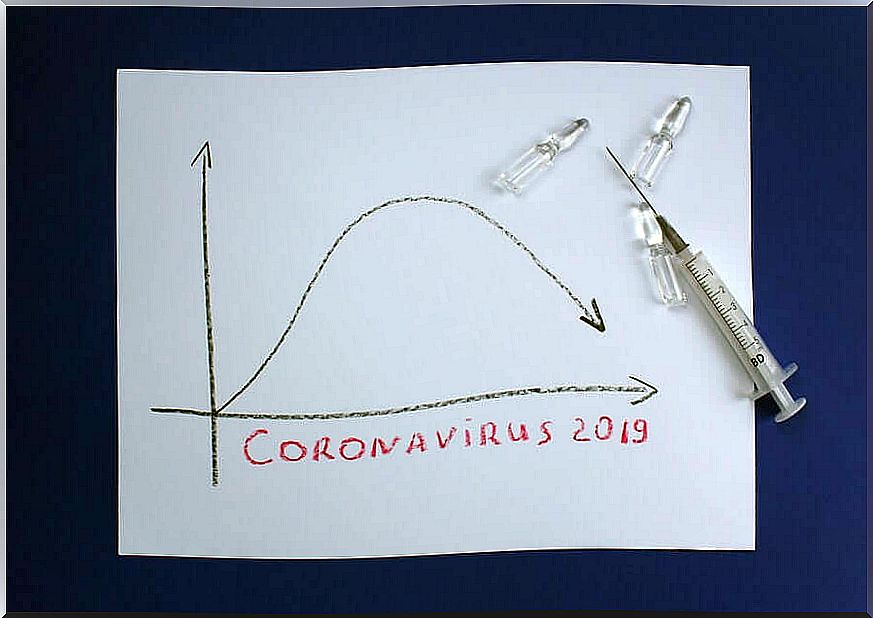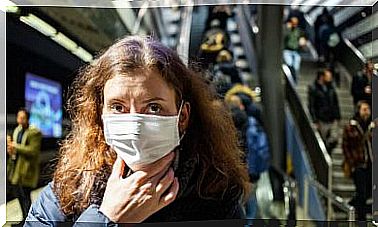“Flattening The Curve” And Its Epidemiological Implications
The coronavirus (COVID-19) is spreading rapidly in our country. Therefore, “flattening the curve” has become a necessity in dealing with this disease. In this space, we show you what an epidemic curve is and what it means to flatten it.

The phrase “flatten the curve” has flooded the news and media in recent days. Trying to stop the exponential growth of a disease is the first line of defense against its spread. That is why such drastic measures were taken over the past month.
COVID-19 has damaged health systems in many countries. It is important to understand the terminology that its expansion implies to combat it.
Even if the number of cases remains high over time, having at least the same number of infected people admitted as patients cured considerably reduces the burden on the health system.
We will have heard it time and time again: the danger of the coronavirus is not mortality, but its transmissibility and its ability to collapse public systems. It is therefore very important to understand the growth curve of this disease and respond to it accordingly.
What should we know about this? In this space, we’ll dig deeper into what the COVID-19 curve is and the implications of its growth.
The epicurbe and the representation of cases

An epidemic curve is a graphical representation of the number of epidemic cases according to the date of onset of the disease. It provides us with information on:
- The pattern of the epidemic’s spread
- The scale of the epidemic
- Isolated cases
- The evolution of the epidemic over time
- The period of exposure and incubation of the disease
An extremely important value in the fight against COVID-19 is, without a doubt, identifying the initial moment of the spread of the disease. To do this, it is essential to see the exposure period represented in the curve.
Unfortunately, it is already too late for this observation. As the main start of the spread was recently set at the end of February, when drastic measures were introduced, the disease already had thousands of patients in the incubation period.
So follow-up pages, like that of Joan C. Micó, professor at the Polytechnic University of Valencia (UPV), suggest that we will not see the peak of the disease until April 6.
Gompertz’s model; hope to stop COVID-19
The Gompertz model is a type of mathematical model for a time series. This is a sigmoid (long S-shaped) function that describes slower growth at the start and end of a given period of time.
This function was originally designed to describe human mortality. It is widely used in epidemiology. It is this type of function that is expected and planned for the development of covid-19 on a global scale:
- The initial flattening would correspond to a series of isolated cases detected. The rest of those infected are said to be in the incubation period
- Then these values would soar, lengthening the upper part of the “S” curve. At this time, the incubators of the first phase would be detected. But also all the new ones infected with them. This growth phase is exponential, that is, it grows faster and faster over time
- This is where the measures taken should play a vital role. Exponential growth cannot be infinite . In the worst case, it would be slowed down by reaching 100% infection. Isolation of foci and early detection of cases are expected to slow the exponential growth curve. Since there are no people on the street who can be clearly exposed to the infection, the pattern of the spread of the disease logically cannot be the same as in a normal situation.
The flattening of the curve does not mean the end of the epidemic

Flattening the curve of cases and deaths is the first step in the fight against the disease. However, it does not guarantee its end. New patients will continue to appear and, unfortunately, deaths will continue to occur.
The vision of epidemiological studies lies at the global level and not at the individual level. The fact that the number of deaths has stabilized is already good news, although the numbers remain very high.
Once stabilized, this exponential curve flattens out, giving rise to a Gompertz curve. We can then estimate that the worst is over. But one thing must be clear: even if the growth of the disease is slowed down, complete eradication is practically impossible in the short term.
At the end of this pandemic (which will end), there will still be cases of COVID-19. But these can be treated in a much more thorough way by a health system functioning normally.









